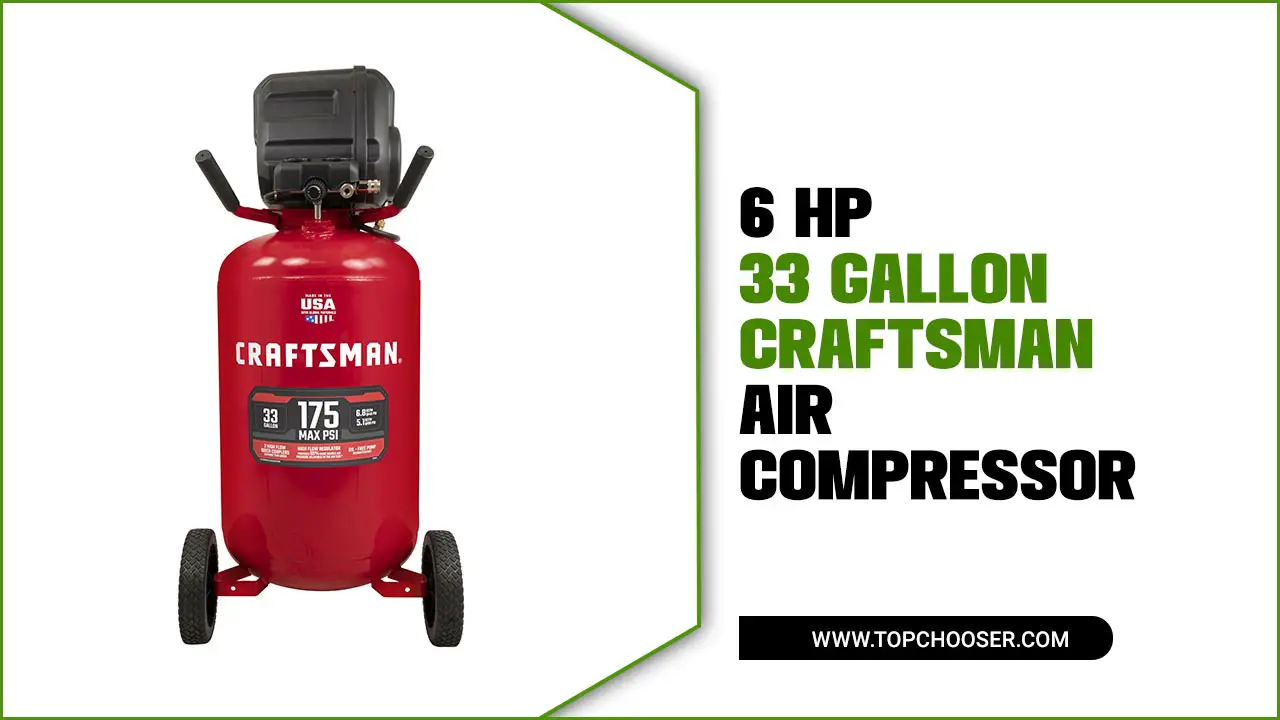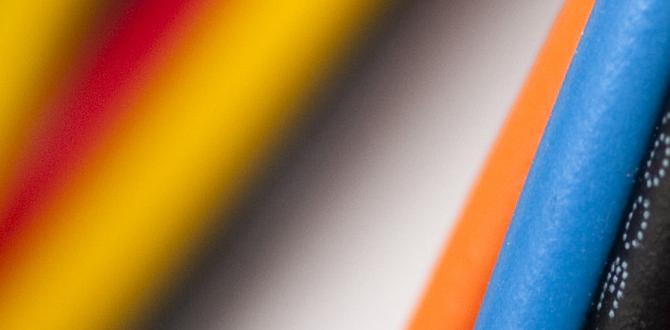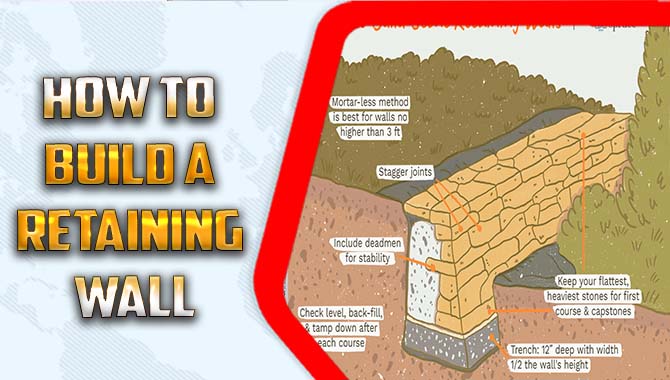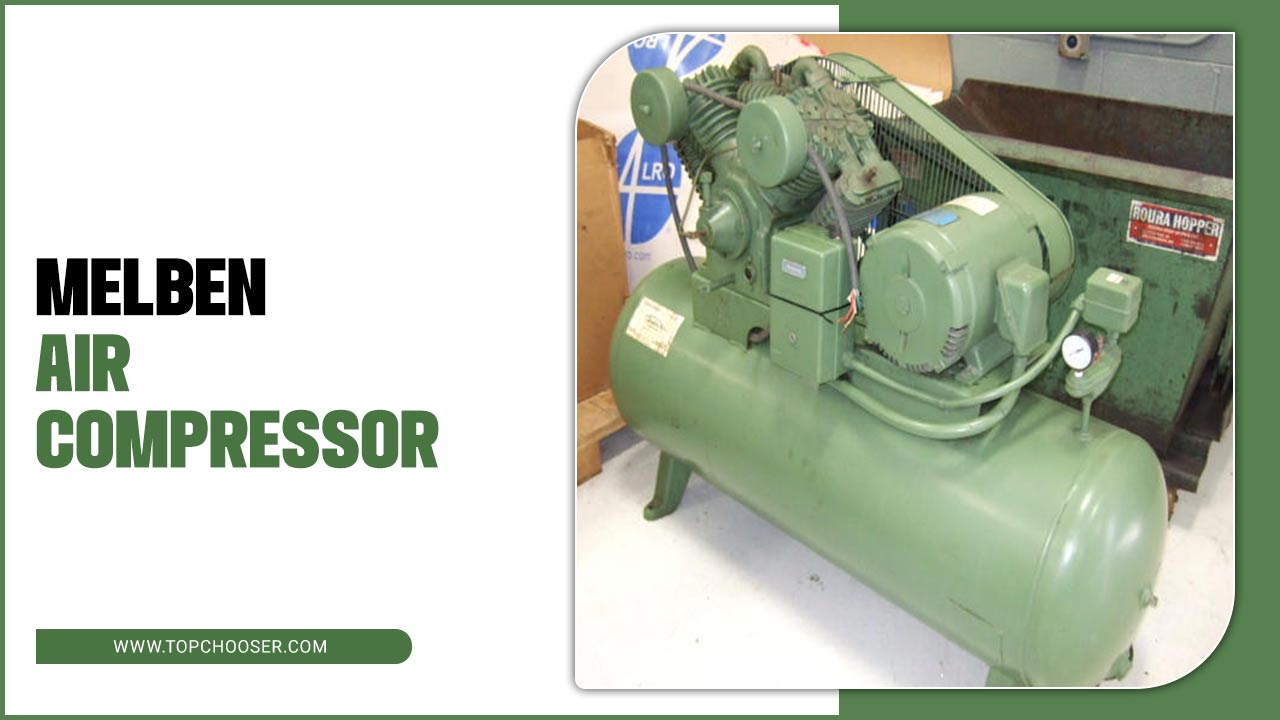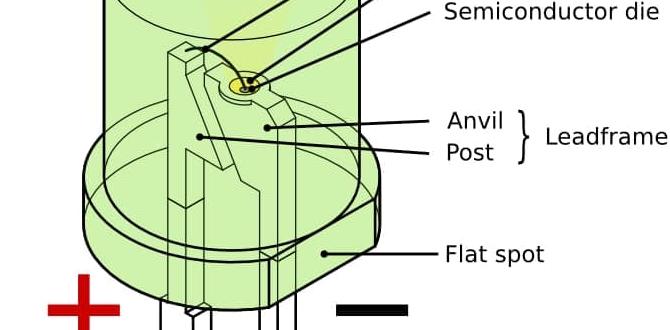Have you ever noticed a strange smell coming from your sink? It’s not just your imagination! Sometimes, it’s due to a clogged sink trap. You might wonder, how do I unscrew the sink trap? This task is easier than you think!
Many people face this challenge. Imagine finding out that you can fix a smelly sink all by yourself! Just with a few tools and some clever tips, you can tackle this job without calling for help. It can be both satisfying and fun!
Did you know that the sink trap is meant to catch gunk and prevent bad odors? Over time, it can get full and need a good cleaning. Learning how to unscrew the sink trap empowers you to keep your sink fresh and clean. Are you ready to learn how to do it? Let’s dive right in!
How To Unscrew Sink Trap: A Step-By-Step Guide
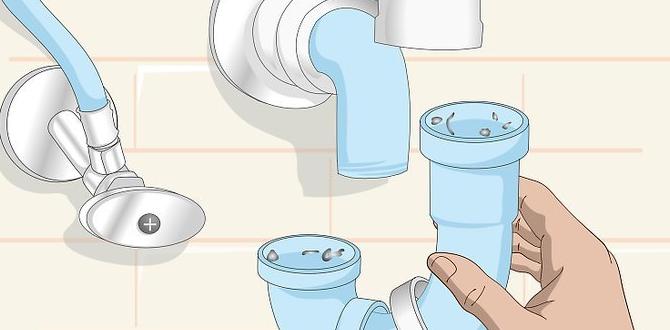
How to Unscrew Sink Trap
Unscrewing a sink trap can be simple. First, gather tools like a bucket and a wrench. Clear the area under the sink. Start by placing the bucket under the trap to catch any water. Twist the slip nuts to loosen. If they won’t budge, try using some dish soap. It works wonders! Did you know that the sink trap prevents bad odors from entering your home? Understanding this process can make household plumbing a breeze!Understanding the Sink Trap
Definition and purpose of a sink trap. Common issues that can arise with sink traps.A sink trap is a curved pipe under your sink. Its main job is to catch debris and prevent bad smells from coming up through the drain. Sometimes, sink traps can block up and cause leaks. Here are common issues:
- Clogs: Food or hair can build up.
- Leaks: Loose connections can drip water.
- Odors: It may fail to stop smells from rising.
Fixing these problems helps keep your sink working well!
What are some common problems with sink traps?
Common problems with sink traps include clogs, leaks, and odors. These issues can affect how your sink drains and smells.
Tools You Will Need
List of essential tools for unscrewing a sink trap. Safety equipment to consider.To unscrew a sink trap, you’ll need a few important tools. These tools help make the job easier and safer. Here are the essentials:
- Pipe Wrench: This tool helps grip and turn the pipes.
- Adjustable Wrench: Use this for different sized nuts.
- Bucket: Catch any water that spills out.
- Safety Goggles: Protect your eyes from splashes.
- Gloves: Keep your hands clean and safe.
Having these tools ready will help you unscrew the sink trap with ease.
What are the essential tools for unscrewing a sink trap?
Essential tools include a pipe wrench, adjustable wrench, bucket, safety goggles, and gloves.
Preparing for the Task
Steps to take before starting (e.g., clearing the area, gathering tools). Tips for minimizing mess.Before diving into the wonderful world of sink traps, take a moment to clear your workspace. Move any items out of the way. Trust me, you don’t want to discover what lurks under that old rubber duck! Next, gather your tools: a bucket, a wrench, and maybe some gloves for the adventurous souls. To avoid a mess that looks like a scene from a horror movie, lay down an old towel beneath the sink. This way, you’ll catch any sneaky water that might escape during your unscrewing adventure. Let’s get ready to tackle that sink trap!
| Tools Needed | Purpose |
|---|---|
| Bucket | Catch any leftover water |
| Wrench | Loosen the trap |
| Gloves | Keep your hands clean (sort of!) |
Step-by-Step Instructions to Unscrew the Sink Trap
Detailed instructions for different types of sink traps. Common challenges and how to overcome them.Unscrewing a sink trap might sound tricky, like solving a mystery, but it’s easier than finding a sock’s lost partner! First, identify the type of sink trap you have. Is it a P-trap or a S-trap? Use a wrench or your hands to loosen the nuts gently. If they’re stuck, a little bit of vinegar can work wonders. Remember, don’t force it! If you encounter stubborn debris, consider using a snake tool to help clear the way. Here’s a quick overview:
| Type of Trap | Common Issue | Solution |
|---|---|---|
| P-trap | Clogged drain | Use a snake to clear it. |
| S-trap | Leaky joint | Tighten the nuts, add tape if needed. |
Don’t worry! You’ll have that sink running smoothly in no time. Remember, it’s all about patience and a little humor!
Tips for a Successful Uninstallation
Best practices for handling plumbing components. Tricks to avoid damaging the pipes or fittings.Working with plumbing parts can feel like solving a puzzle! First, make sure to gather your tools: a wrench, some towels, and your best sense of humor. When unscrewing, turn slowly and gently—like opening a can of soda. This helps avoid damaging any pipes or fittings. It’s crucial to always check for leaks afterwards. Trust me, you don’t want a surprise water show in your kitchen! Here are some quick tips:
| Tip | Description |
|---|---|
| Use Padding | Put a cloth around the fitting to prevent scratches. |
| Fasten Firmly | Ensure things are tight, but avoid overtightening. |
| Stay Dry | Keep your hands dry for a better grip. |
Following these tips will lead to a smooth uninstallation and keep your fittings safe. Who knew plumbing could be so much fun?
What to Do After Unscrewing the Sink Trap
Cleaning the trap and inspecting for damage. Options for replacement or repair.After removing the sink trap, it’s time to clean and check for any issues. Start by clearing out dirt and debris from the trap. Use a brush or a rag to scrub it nice and clean. Next, look closely for cracks or weakness. If it’s damaged, you have choices:
- Replace it with a new one
- Repair it with sealant
Keeping your sink trap in good shape helps prevent clogs and odors.
What should I do if my sink trap is broken?
If your trap is broken, you should replace it as quickly as possible to avoid leaks and more damage.
When to Call a Professional
Signs the job is beyond a DIY approach. Benefits of hiring a plumber for sink trap issues.Some signs tell you to seek help. If you see water leaking or smell a bad odor, it’s time to call a plumber. Fixing a sink trap can get tricky. Here are some reasons to hire a pro:
- They have special tools for tough jobs.
- They find hidden problems quickly.
- They help you avoid future issues.
Ever wonder how much you could save? Hiring a plumber could prevent costly damage. A study shows that simple leaks can lead to expensive repairs down the road. Don’t hesitate to call for help!
When should you call a plumber for sink trap issues?
Look for signs like frequent clogs, strange noises, or slow drainage. These can mean bigger problems are coming. Getting help early can save frustration later.
Conclusion
In summary, unscrewing a sink trap is easy! First, gather your tools, like a bucket and wrench. Next, turn off the water and remove the trap carefully. Clean it well to avoid clogs. Remember, always check for leaks when you reassemble everything. For more tips and tricks, explore our other articles. You can fix your sink with just a little practice!FAQs
What Tools Do I Need To Unscrew A Sink Trap Safely?To unscrew a sink trap safely, you need a few simple tools. First, grab a pair of adjustable pliers. You might also want a bucket to catch any water. A towel is handy for spills. Finally, use a flashlight to see better under the sink.
How Do I Identify The Parts Of A Sink Trap Before Unscrewing It?To identify the parts of a sink trap, look for three main pieces. There’s a curved pipe, called the trap, that catches water. You will also see two nuts that hold the trap in place. The straight pipes connect to the sink and the drain. Make sure you know where each piece is before you start unscrewing!
What Precautions Should I Take To Prevent Water Spills While Removing A Sink Trap?To prevent water spills, start by placing a bucket or a bowl under the sink. This will catch any water that might come out. Next, use towels around the area to soak up any extra water. Make sure to loosen the trap slowly so you can see what happens. Finally, keep pets and little kids away while you work.
Are There Any Common Issues I Should Be Aware Of When Trying To Unscrew A Sink Trap?When you try to unscrew a sink trap, you might find it slippery or stuck. This happens because of dirt or water. Sometimes, the nuts can be rusty and hard to turn. You may also need a wrench to help twist it. Just be careful not to break anything while you work!
How Do I Properly Reassemble A Sink Trap After Cleaning Or Replacing It?To reassemble a sink trap, start by cleaning all the pieces. You’ll find a curved part called the “P-trap.” First, attach the P-trap to the sink drain. Then, connect the other end to the pipe going into the wall. Make sure all the nuts are tight, but don’t over-tighten them. Finally, turn on the water and check for leaks.

